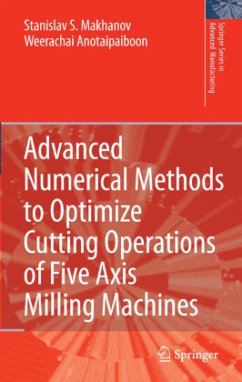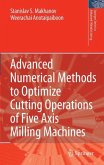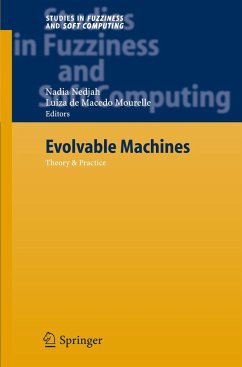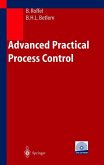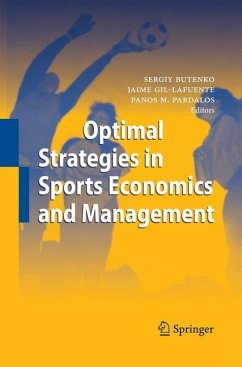The book presents new optimization algorithms designed to improve the efficiency of tool paths for five-axis NC machining of sculptured surfaces. The book introduces the reader to fundamental issues involved in the tool path planning such as the kinematics of five-axis machines, types of 5 axis machines, part surface representation, machining strips, optimal tool orientation, gouging avoidance and forward step error. It also introduces new methods of optimization based on research conducted by the authors, including schemes performed in the spatial domain, angular domain as well as procedures to optimize the initial setup. The book can be used by undergraduate and graduate students and researchers in the field of NC machining and CAD/CAM as well as by the corporate research groups for advanced optimization of cutting operations.
From the reviews: "The book can be used as introductory material in a university CAM course and ... appropriate for R&D at the levels of undergraduate and graduate university programs and in corporations. ... it serve as an entry point to the subject for mathematicians looking for new applications." (Michael Bieterman, SIAM Review, Vol. 50 (2), 2008)

